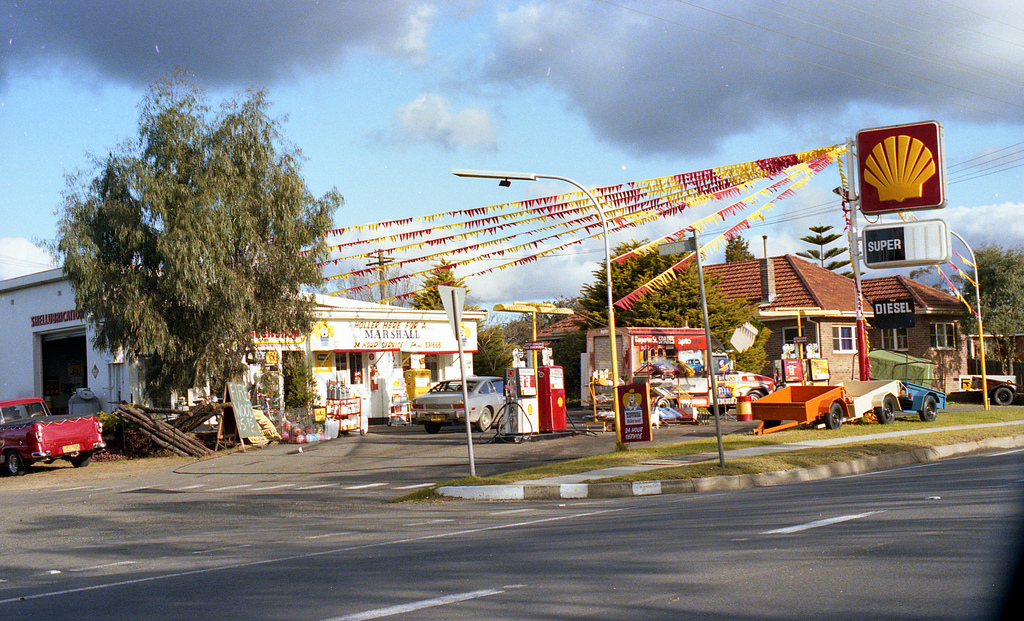Uncategorized
Chase Pay lands deal with Shell, access to 20 million daily customers
- Nearly 24 million people actively use Chase Mobile app
- Shell is largest fuel retailer in US









